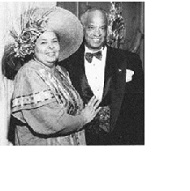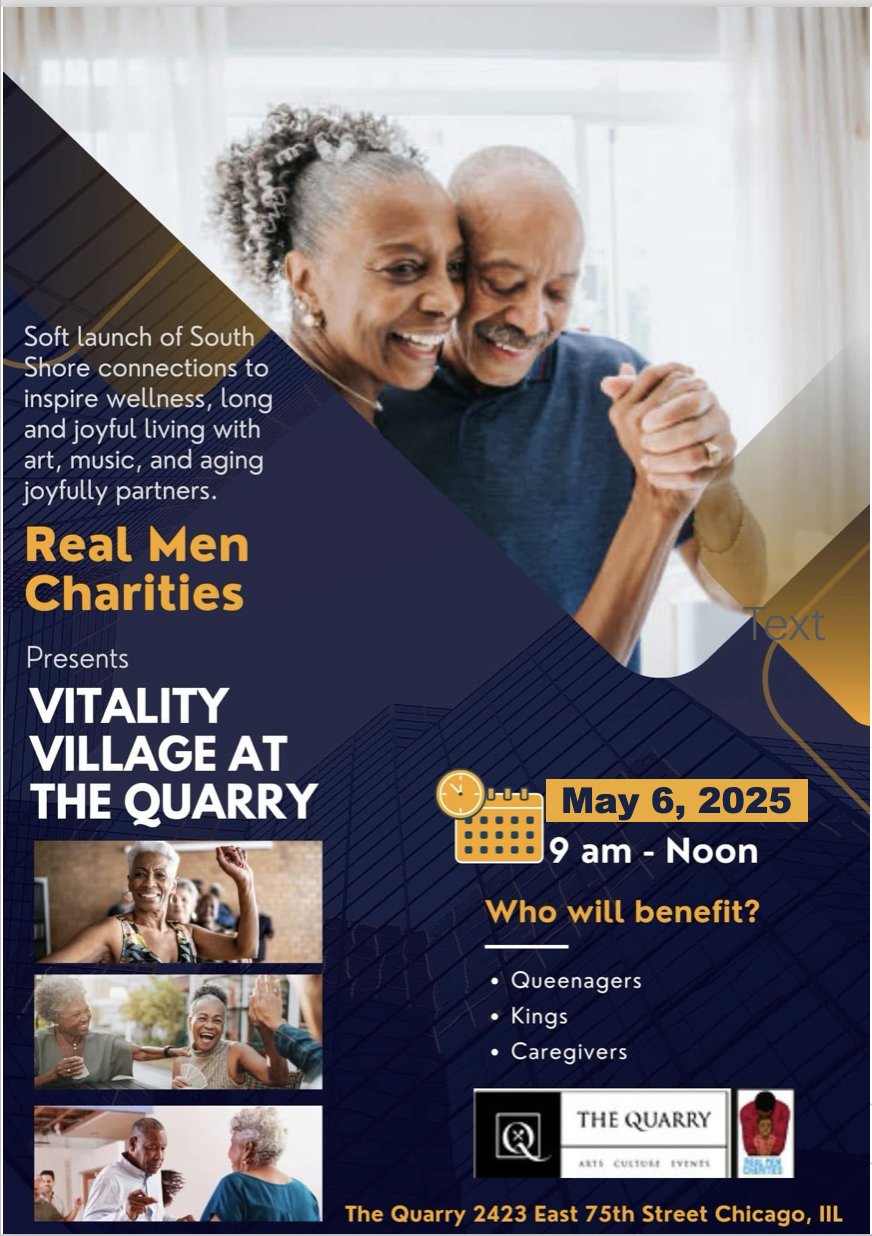Edward and Bettiann Gardner & the New Regal Theater
For a while, beginning in the early 1920’s, there was always a place to go on Chicago’s south side for a good movie, a play, or a live musical performance.
Then, one-by-one, from the late 50’s to the early 80’s, they began to disappear.
The Southtown Theater, on West 63rd Street, was remembered for its double features daily and the beautiful real live swans in the lobby. It closed in 1958.
The beautiful Tivoli Theater on 63rd and Cottage, with its velvet drapes and beautiful staircase leading up to the balcony closed in 1963 and was demolished soon after.
There was the Rhodes Theater, that was closed in the 70’s and demolished in 1980.
And the Met, with movies that seemed to have children in mind, like “Red Rider” and “Tarzan.” The Met, which closed in 1997, was right down the street from the Regal Theater.
On the Southeast Side of Chicago, at 79th and Stony Island was the Avalon Theater. The Regal Theater was demolished in 1973. The Avalon Theater still stands, but it closed to the public in 2003.
Enter, Edward G. Gardner and his wife, Bettiann.
For the culture-starved southside of Chicago, they were a match made in heaven.
Edward Gardner was the founder of Soft Sheen Products, a business he started for the sole purpose of putting young people to work. Over one hundred young men and women, mostly under thirty years of age, found Soft Sheen was more like family than a job. Ed Gardner was a humanitarian, giving not only to charity and local causes, but to individual causes as well. He was a giving person.
As was his wife, Bettiann Gardner. Mrs. Gardner loved the arts. She loved music, she loved art, but mostly she loved the theater. The Gardner’s saw no reason for Southsiders to have to travel to the northside to see a good play or live performance. The two southside theaters that offered live plays, eta Arts at 75th and South Chicago, and the Chicago Theater Company in the Woodlawn Community together had a total seating capacity of less than 300. So, in the early 1980’s, the Gardner’s set out to bring together the beautiful structure of the Avalon Theater, and the legacy of the Regal Theater to create the New Regal, now respectfully known as the Avalon-Regal Theater.

The New Regal was completed in 1987 and became a live performing space for many artists, including Ray Charles, B.B. King, Gladys Knight and the Pips, Bobby “Blue” Bland, Patti LaBelle and Tupac.
The atmospheric Moorish Revival design of the Avalon-Regal reminds its visitors
that they are entering royalty, a place where they can escape the harsh realities of
the streets of Chicago and indulge in the entertainment and enjoyment they need
and deserve.
Although the Avalon theater is now closed to the public, the Oasis Group, along with the Richardson-Gary Partnership have embarked on a mission to reopen the Avalon-Regal Theater.
The partnership imagines the theater providing community engagement opportunities centered around music and the performing arts. They believe the Avalon-Regal has the potential to be more than an entertainment venue. For area youth, it can be a place to learn and grow in a safe environment.
The Partners are excitedly pursuing State and National landmark status which will help amplify the importance of saving the Theater, which received City of Chicago landmark status in 1992. The team is working diligently to raise awareness and funding to completely restore the 33,000 square foot site and make it operational by 2025.
These young business people are looking forward to strengthening existing relationships to get the Avalon Regal open to the public and are committed to not missing any opportunity the Obama Presidential Center will bring.
Jerald Gary, who purchased the building in 2014 says, “The task seems momentous, but the benefit to our community and youth far outweighs the cost to get it done. The Avalon-Regal is a community anchor that we cannot let die.”
The Avalon-Regal was a gift to the community that came out of the love Edward and Bettiann Gardner had for each other and for the community. Restoring it to its fullest capacity can be no better way to pay tribute to this wonderful couple.






